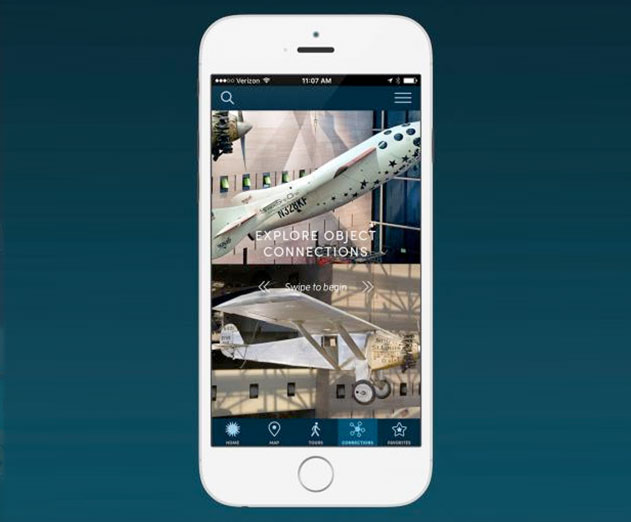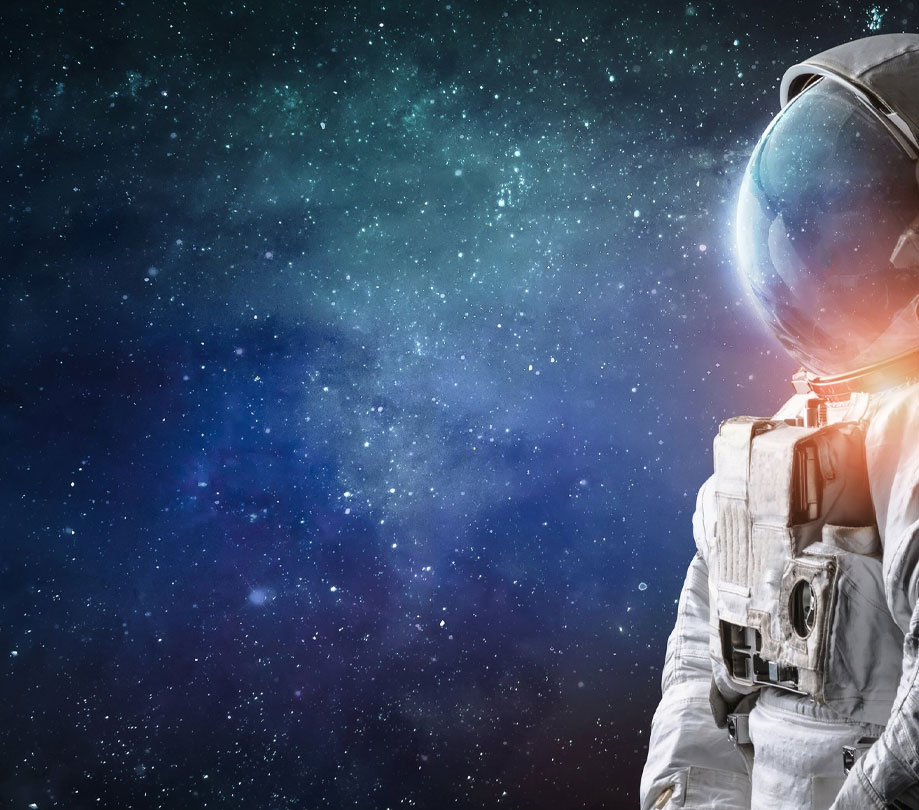VR
National Air and Space Museum releases VR Hangar App
Friday, December 22, 2017

|
Austin Harris |
Mobile VR app released by Smithsonian’s National Air and Space Museum to bring their displays to everyone in a whole new way.
People across the country and around the world can now use their mobile phones to see moments that made air and space history with the new VR Hangar from the Smithsonian’s National Air and Space Museum. The VR Hangar brings some of the museum’s most important milestone artifacts to life using real 3-D-scan data in immersive virtual-reality vignettes. The app is optimized for use with Google Cardboard and similar devices, and is available free of charge in the iOS and Android app stores.
This new virtual-reality experience is a prototype, designed to help the museum explore the use of digitized artifacts in immersive storytelling. Feedback from consumers will be used to build new, more in-depth experiences for use onsite at the museum and beyond gallery walls on users’ own devices.
Read more: http://appdevelopermagazine.com/partner/link/?ref=
National Air and Space Museum Mobile VR Hanger app features:
- 1903 Wright Flyer: The 1903 Wright Flyer was the product of a sophisticated four-year program of research and development conducted by Wilbur and Orville Wright beginning in 1899. After building and testing three full-sized gliders, the Wrights’ first powered airplane flew at Kitty Hawk, N.C., Dec. 17, 1903, making a 12-second flight, traveling 120 feet.
- Bell X-1 Glamorous Glennis: On Oct. 14, 1947, the Bell X-1 became the first airplane to fly faster than the speed of sound. Piloted by U.S. Air Force Capt. Charles E. “Chuck” Yeager, the X-1 reached a speed of 700 miles per hour, Mach 1.06, at an altitude of 43,000 feet. Yeager named the airplane “Glamorous Glennis” in tribute to his wife.
- Apollo 11 Command Module Columbia: The Command Module Columbia was the home to the three-person crew of history’s first lunar-landing mission. It launched atop a 363-foot Saturn V rocket, and housed the crew en route to the moon. Columbia remained in lunar orbit while Eagle landed on the surface and is the only portion of the spacecraft that returned to Earth.
This new virtual-reality experience is a prototype, designed to help the museum explore the use of digitized artifacts in immersive storytelling. Feedback from consumers will be used to build new, more in-depth experiences for use onsite at the museum and beyond gallery walls on users’ own devices.
Read more: http://appdevelopermagazine.com/partner/link/?ref=

Become a subscriber of App Developer Magazine for just $5.99 a month and take advantage of all these perks.
MEMBERS GET ACCESS TO
- - Exclusive content from leaders in the industry
- - Q&A articles from industry leaders
- - Tips and tricks from the most successful developers weekly
- - Monthly issues, including all 90+ back-issues since 2012
- - Event discounts and early-bird signups
- - Gain insight from top achievers in the app store
- - Learn what tools to use, what SDK's to use, and more
Subscribe here









